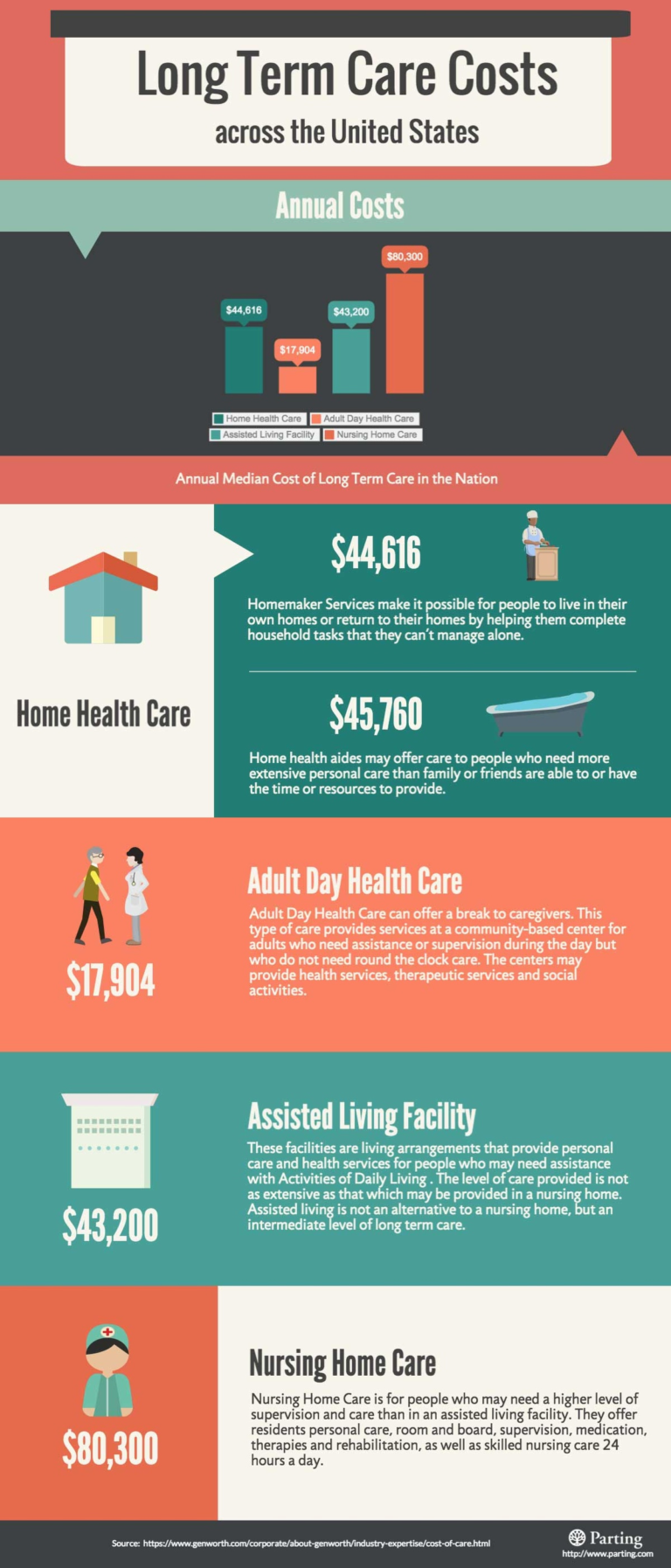International Longshoremen’s Association Strike Effects
The International Longshoremen’s Association strike, which commenced on October 1, is poised to create significant disruptions across more than 20 ports along the Eastern Seaboard and Gulf Coast. Major ports such as New York, New Jersey, Baltimore, and Houston are expected to experience substantial delays, impacting the supply chain and potentially leading to increased costs for consumers and businesses alike. As the property casualty insurance sector braces for the strike’s impact, the industry faces challenges related to homeowners, auto, and commercial property insurance policies. With delays in the shipment of essential goods, including vehicles and construction materials, the repercussions of this strike could ripple through the economy, making it a critical event for both the insurance industry and affected businesses. Stakeholders are keenly monitoring the situation, as even a brief period of unrest could escalate costs and amplify supply chain delays in the coming weeks.
The recent labor stoppage by the longshoremen’s union marks a pivotal moment, affecting key maritime hubs and the logistics of goods movement. As major ports face operational halts, the ramifications on the insurance landscape are becoming increasingly apparent, especially concerning property and casualty coverage. The consequences of this strike extend beyond immediate delays, as insurers prepare for potential claims related to business interruptions and increased costs associated with the shipment of essential products. Furthermore, the insurance industry’s response will be critical in managing the fallout from this labor action, particularly in relation to protecting against unforeseen business expenses. With supply chain logistics already under strain, the situation underscores the interconnectedness of labor relations, maritime operations, and economic stability.
Understanding the International Longshoremen’s Association Strike
The International Longshoremen’s Association (ILA) strike that commenced on October 1 is a significant event affecting multiple ports across the Eastern Seaboard and Gulf Coast. This disruption is not only an inconvenience for shipping and logistics but also has broader implications for various industries reliant on these vital trade routes. Major ports, including New York and New Jersey, Baltimore, and Houston, are at the forefront of this strike, which could lead to substantial delays in the flow of goods and materials.
As the strike continues, businesses dependent on timely deliveries may find themselves facing supply chain delays, ultimately impacting their operational efficiency. In particular, industries involving the transport of consumer goods, automotive parts, and construction materials will likely experience heightened challenges. The ripple effect of such disruptions can lead to increased costs, affecting both businesses and consumers alike.
Impact of ILA Strike on Property Casualty Insurance
The ILA strike is poised to have a direct impact on the property/casualty insurance industry, particularly concerning homeowners, personal auto, and commercial property coverage. One of the primary concerns is the potential increase in replacement costs for various goods, including furniture and vehicles, as supply chain delays become more pronounced. Insurers may find themselves facing claims related to increased costs of goods that were in transit or delayed due to the strike.
Moreover, the insurance industry’s response to the ILA strike will be critical in managing the fallout from this disruption. With policies designed to cover business interruptions and supply chain issues, the insurance sector must navigate claims that could arise from prolonged delays. However, existing inventories of goods may help mitigate some of the impacts, provided the strike does not extend beyond a few weeks.
Supply Chain Disruptions and Their Consequences
Supply chain disruptions are a tangible consequence of the ILA strike, affecting various industries reliant on timely shipping and delivery of goods. The tight just-in-time inventory practices, which many businesses have adopted, mean that any delays can significantly hinder production and sales. For instance, companies in the construction sector may find themselves unable to procure necessary materials, leading to project delays and increased costs.
The long-term effects of these disruptions can also translate into increased prices for consumers. As businesses struggle to maintain their operations amidst delays, they may pass on some of the additional costs to customers, leading to inflation in certain sectors. This situation underscores the importance of resilient supply chains that can adapt to unexpected disruptions such as the ongoing ILA strike.
Ports Affected by the ILA Strike
The ILA strike is affecting over 20 major ports, including critical hubs such as New York, New Jersey, Baltimore, and Houston. These ports play a vital role in the import and export of goods, and their disruption can have cascading effects on the economy. For businesses that rely on these ports for their logistical operations, the strike could mean significant delays in receiving essential supplies.
The geographical spread of the affected ports highlights the extensive network of trade that will be impacted by the strike. Companies operating along the Eastern Seaboard and Gulf Coast must prepare for potential disruptions, and the challenge of rerouting or expediting shipments, if possible, becomes paramount. Understanding which ports are affected can help businesses strategize their operations during this challenging time.
Insurance Industry Response to the Strike
The insurance industry is gearing up to respond to the implications of the ILA strike, particularly concerning coverage for business interruptions and supply chain disruptions. Insurers must assess the potential for claims arising from these delays, especially as businesses may seek compensation for losses incurred during the strike. The complexity of these claims will depend on the duration and severity of the strike.
Most insurance policies contain waiting periods and deductibles that may limit immediate financial relief for businesses. If the strike lasts only a week or two, many policies may not be triggered, leaving businesses vulnerable to losses. The insurance industry must navigate these intricacies while also preparing for a potential increase in claims related to property losses and supply chain failures.
The Economic Implications of Supply Chain Delays
The economic implications of supply chain delays caused by the ILA strike are significant. Businesses may face increased operational costs, leading to reduced profit margins and potential layoffs if the situation does not improve. The longer the strike lasts, the more profound the economic consequences will be, particularly for industries that rely heavily on timely deliveries.
In addition to immediate financial impacts, prolonged supply chain disruptions can lead to longer-term shifts in market dynamics. Companies may begin to reconsider their supply chain strategies, looking for alternative sourcing options or diversifying their logistics partners. Such changes can reshape industry landscapes and consumer behavior, highlighting the need for adaptability in the face of unforeseen challenges.
Key Goods Impacted by the ILA Strike
The ILA strike is expected to affect a variety of key goods, particularly those that transit through the impacted ports. Homeowners may face delays in receiving essential items like furniture and appliances, while businesses involved in the automotive industry could struggle with obtaining necessary vehicle parts. The potential for increased costs associated with these goods adds another layer of complexity to the situation.
Moreover, the construction sector is likely to feel the effects of the strike acutely, particularly for materials like concrete that are essential for ongoing projects. As supply chain delays mount, companies may need to explore alternative sourcing options, which can lead to increased costs and project delays. Understanding the specific goods affected by the strike is crucial for businesses as they navigate this challenging landscape.
Potential Long-term Effects of the ILA Strike
While the immediate effects of the ILA strike are clear, the potential long-term consequences of such disruptions cannot be overlooked. If the strike extends beyond its anticipated duration, businesses may face ongoing supply chain challenges that could reshape their operational strategies. This could result in a lasting impact on pricing, availability of goods, and overall market stability.
Additionally, the strike could prompt changes in the insurance industry as companies reassess their coverage options in response to heightened risks associated with supply chain disruptions. Businesses might seek more comprehensive policies that address potential losses from future strikes or similar events. The evolution of the insurance landscape in response to these challenges will be crucial for businesses looking to mitigate risks in an increasingly unpredictable environment.
Navigating Insurance Coverage During the Strike
Navigating insurance coverage during the ILA strike is essential for businesses seeking protection against potential losses. Many companies may not fully understand the nuances of their policies, especially regarding business interruption and supply chain insurance. It is crucial for businesses to review their coverage and understand the waiting periods and deductibles that may apply.
As claims arise from the disruptions caused by the strike, businesses must be prepared to engage with their insurers proactively. Understanding the specifics of their policies can help them communicate effectively with insurers and potentially expedite claims processing. Additionally, businesses may consider consulting with insurance professionals to explore options for enhancing their coverage in light of the ongoing strike.
The Role of Inventory Management in Mitigating Strike Impacts
Effective inventory management plays a crucial role in mitigating the impacts of the ILA strike. Businesses that maintain robust inventories are likely to weather the disruptions more effectively, as they can continue to meet customer demand despite supply chain delays. Companies that have adopted just-in-time inventory practices may find themselves at a disadvantage, facing potential shortages and heightened costs.
To navigate the challenges posed by the strike, businesses should consider reviewing their inventory strategies and exploring options for increasing stock levels of critical goods. By doing so, they can create a buffer against supply chain disruptions and maintain operational continuity. This proactive approach to inventory management can ultimately minimize the adverse effects of the ILA strike on their operations.
Frequently Asked Questions
What is the expected impact of the International Longshoremen’s Association strike on supply chains?
The International Longshoremen’s Association strike is expected to cause significant supply chain delays, particularly affecting over 20 ports along the Eastern Seaboard and Gulf Coast, including major ports like New York and New Jersey, Baltimore, and Houston. This disruption could lead to increased replacement costs and delays in acquiring essential goods.
Which ports are affected by the International Longshoremen’s Association strike?
The International Longshoremen’s Association strike affects more than 20 key ports, including the ports of New York, New Jersey, Baltimore, and Houston. These ports are crucial for the movement of goods, and their closure will have a ripple effect on the supply chain.
How will the ILA strike impact property casualty insurance costs?
The ILA strike could lead to increased property casualty insurance costs if it persists for one to two weeks. The disruption may raise the replacement costs of insured goods, such as homeowners’ content and commercial vehicles, especially considering potential supply shortages.
What types of insurance are likely to respond to the International Longshoremen’s Association strike?
Insurance policies related to business interruption, supply-chain insurance, and coverage for adverse business costs are likely to respond to the International Longshoremen’s Association strike. However, these policies often have waiting periods before payments kick in, limiting immediate financial relief.
Will the International Longshoremen’s Association strike affect homeowners?
Yes, the International Longshoremen’s Association strike will likely impact homeowners by causing delays in the supply of goods such as furniture and garments, potentially leading to increased replacement costs that may affect property casualty insurance.
How long does the ILA strike need to last to significantly affect the insurance industry?
According to estimates, the International Longshoremen’s Association strike would need to last at least one to two weeks to trigger sustained increases in property casualty replacement costs or to affect the current growth of the insurance industry.
What measures can mitigate the impact of the ILA strike on supply chains?
Current inventories and the tightness of just-in-time supply chains can mitigate the impact of the International Longshoremen’s Association strike. These factors may help minimize the disruption to the flow of goods despite the strike’s effects on ports.
What was the duration of the last major ILA strike in the U.S.?
The last major International Longshoremen’s Association strike in the United States, which occurred at the port of Long Beach in California in 2021, lasted one week. This historical reference helps gauge potential outcomes of the current strike.
| Key Point | Details |
|---|---|
| Strike Initiation | The International Longshoremen’s Association (ILA) went on strike on Tuesday, Oct 1. |
| Affected Areas | The strike is expected to impact over 20 ports along the Eastern Seaboard and Gulf Coast, including New York, New Jersey, Baltimore, and Houston. |
| Impact on Industries | The primary sectors affected include homeowners, personal and commercial auto, and commercial property. |
| Potential Cost Increases | There may be increased replacement costs and delays for goods such as garments, furniture, European vehicles, and construction materials. |
| Mitigation Factors | Current inventories and just-in-time supply chains may mitigate the strike’s impact. |
| Duration Impact | A strike lasting one to two weeks could trigger sustained increases in property/casualty (P/C) replacement costs. |
| Insurance Coverage | Insurance losses could occur from coverage for adverse business costs; however, many policies have waiting periods, limiting immediate claims. |
| Historical Context | The last major longshoremen’s strike in the U.S. in 2021 lasted one week. |
Summary
The International Longshoremen’s Association strike has significant implications for various sectors, particularly affecting over 20 ports along the Eastern Seaboard and Gulf Coast. As the strike progresses, it is poised to impact the property/casualty industry, potentially leading to increased costs and delays in the supply chain for essential goods. While the immediate effects may be tempered by current inventory levels, a duration of one to two weeks could lead to marked increases in replacement costs for homeowners and businesses alike. Understanding the broader implications of the International Longshoremen’s Association strike will be crucial for stakeholders in affected industries.






